This paper explores a key friction in service delivery that is inherent in forms – the ubiquitous and seemingly...


This paper explores a key friction in service delivery that is inherent in forms – the ubiquitous and seemingly...
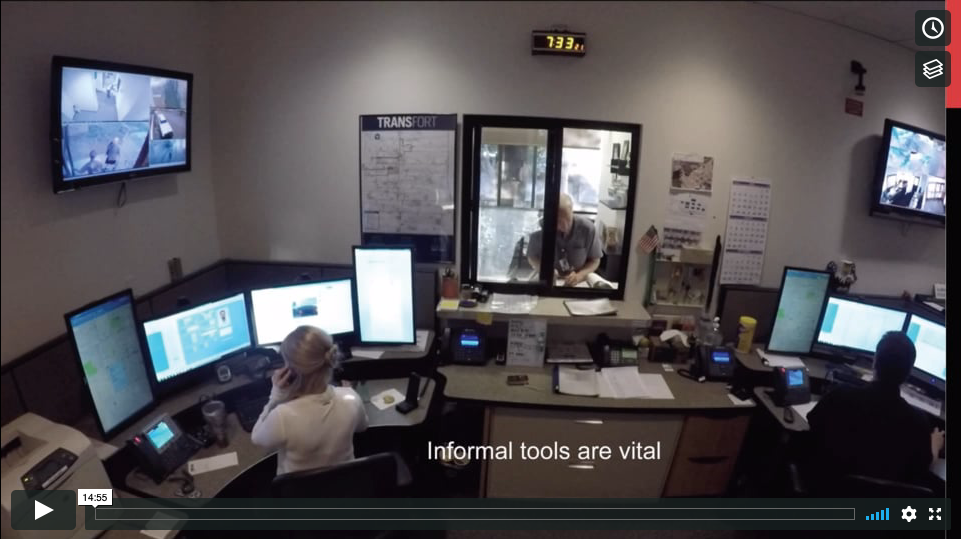
In this paper we explore the idea of a system of care through a city transit system. We argue that a systematic orientation to care is central to what makes a transit system work for people. Further, we suggest that this care orientation is recognized as such, even though it is not apparent in...

This paper illustrates how the concept of “Human API” can help post-treatment cancer patients with challenges they face once they are released from the hospital. The results and implications of this semester long graduate project will help illuminate how the Human API through its various data...
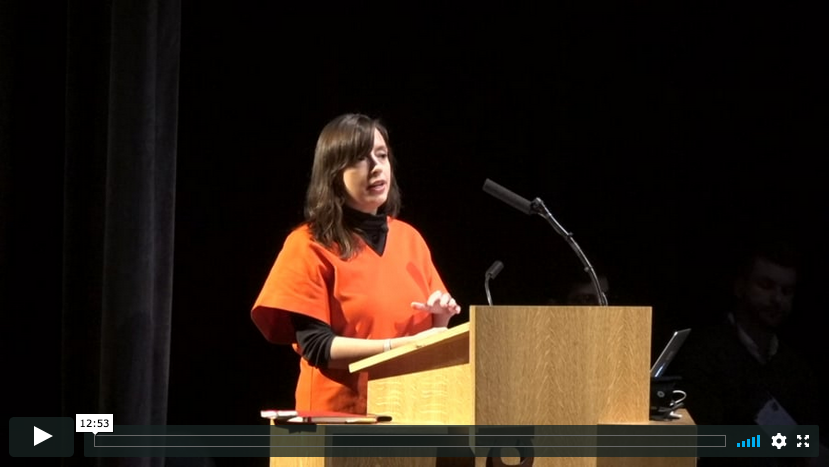
Three service design projects, in hospitality, finance, and health care, highlight how to design for agency in the workplace, including the implementation of automated and data-driven tools. Inspired by Tacchi, Slater, and Hearn's work on ethnographic action research, Amartya Sen's capabilities...

This case study on mobility in health care demonstrates how ethnography and design research helped Intel meet the business challenge of redressing market share. Ethnography enabled the team to assess the interplay between mobile devices and other hospital technologies, understand how they fit...

This article shares an innovative, community-centered method for research, sensemaking, and innovation in social...
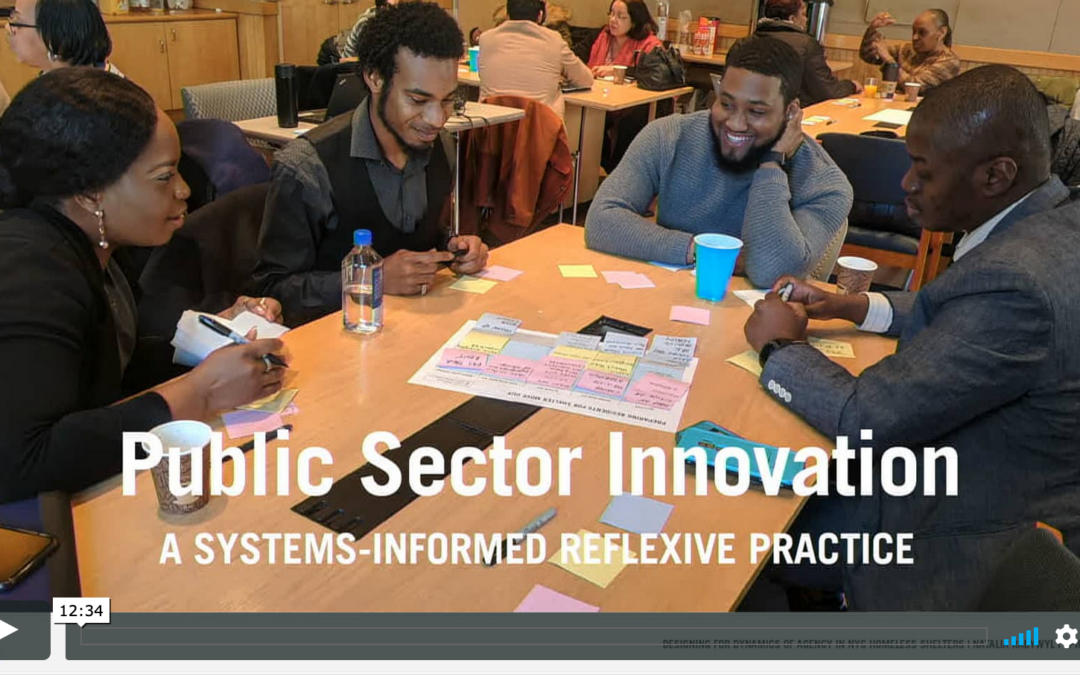
Public sector innovation (PSI) is an emerging multidisciplinary field that is attracting practitioners from a wide range of sectors and industries, with a correspondingly broad set of skills and experience. PSI aims to significantly improve the services that a government has the responsibility to...
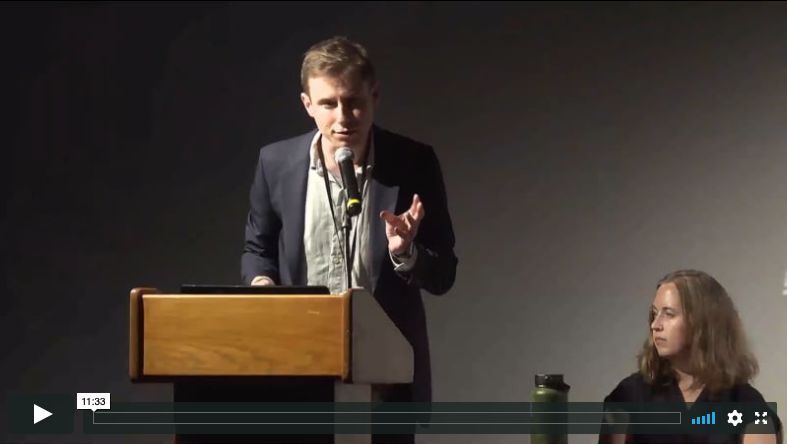
*Apologies for the poor sound quality. We're working on it and hope to have an improved version available soon. Case Study—This case study will present how a multicultural and multidisciplinary team from EPAM Continuum, the global innovation design firm, gathered, analyzed, and presented back...

This case study demonstrates how a transdisciplinary, human-centered approach to research and process...
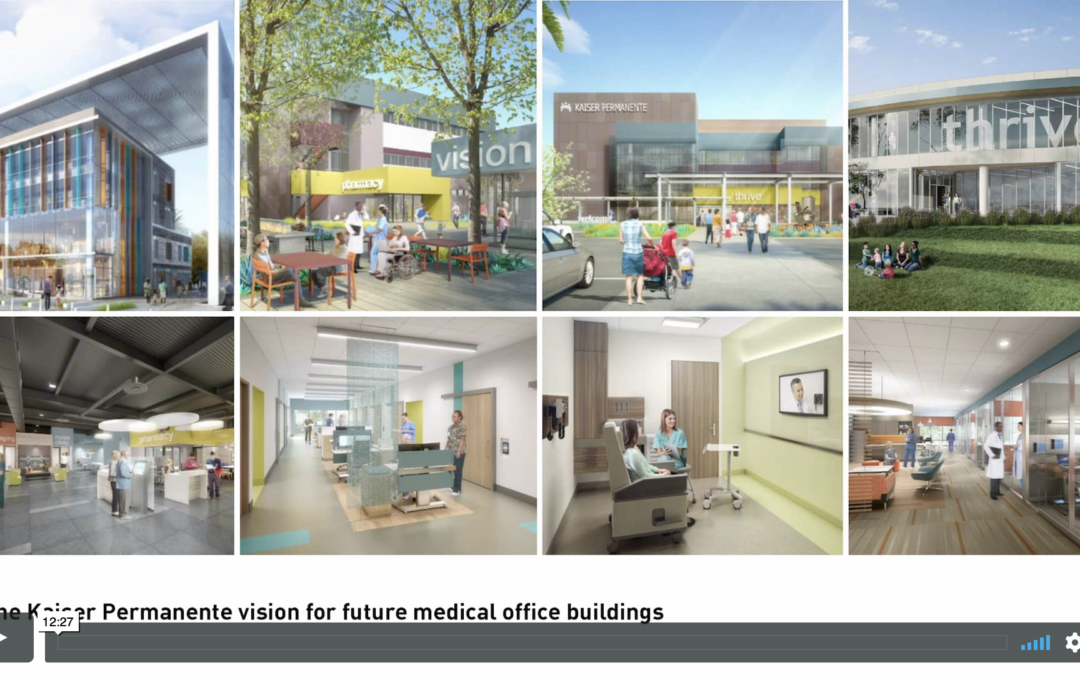
Cast Study—In 2014, Kaiser Permanente began implementing a next-generation medical office model that reimagines the outpatient care experience, combining new architecture, workflow, and technology to create a more convenient experience for patients and a connected, efficient experience for staff...